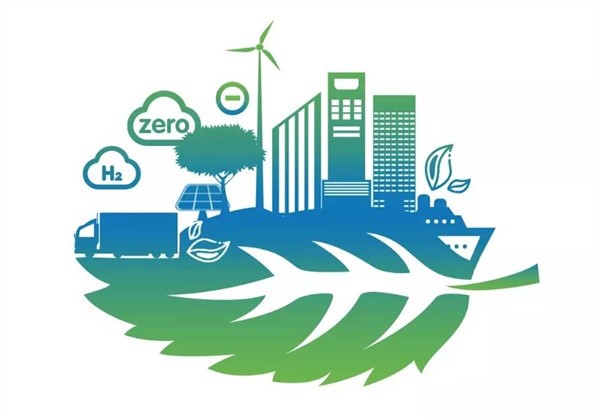Cummins will be the first to launch a multi-fuel engine plan to “decarbonize” by 2050
Recently, Cummins Inc. announced the further expansion of its industry-leading powertrain platform to enable common use of a variety of low-carbon fuels. As the industry’s first multi-fuel engines, these platforms will use blocks and core components based on a common architecture and will be optimized for different low-carbon fuel types.
Srikanth Padmanabhan, President of Cummins Engine Division, said: Achieving zero carbon emissions is not a one-key switch. Carbon released into the atmosphere can have lasting effects in the future. We need to act now to reduce our carbon footprint. Every step you take to reduce your carbon footprint further contributes to a sustainable planet.
The market we serve is very diverse, and there are differences in equipment conditions and operating environments. There is no single solution that is suitable for all application conditions and meets all user needs. Therefore, diversified low-carbon solutions are particularly important.
Parts commonality
The latest multi-fuel engine platform covers the engine series derived from the common base machine, so it has a high degree of commonality of parts. Most of the components under the engine cylinder head gasket are similar in structure and can be used in common use, while above the engine cylinder head gasket, different combinations of components will be used according to different fuel types. Each engine can use a different single fuel.
This new design will be applied to Cummins B, L and X series engines, which can run on diesel, natural gas and hydrogen as fuel.
“This is an entirely new approach to designing and developing low-emission internal combustion engine powertrains that meet the unique needs of the transportation industry while leveraging the advantages of a common product architecture as much as possible,” said Jonathon White, Cummins vice president and chief engineer for the Engine Division. advantages, and reduce carbon emissions. With this unique innovation, users can easily choose the powertrain system that is most suitable for their application and minimize carbon dioxide emissions.”
Both truck OEMs and end users will benefit from parts commonality, especially in engine integration, diagnostics and maintenance. The OEM can integrate various types of fuels on the same truck chassis, and at the same time, the training cost of technicians and the cost of replacement of maintenance sites will also be reduced, thereby reducing the total cost of use for the end user.
Reliable and durable
Cummins has experience in manufacturing and designing tens of millions of diesel and natural gas engines. In addition, with the help of digital and interconnected technology, Cummins provides in-depth insights into the performance of the engine under different cycle conditions. These experiences and strengths are a solid foundation for Cummins to develop a new multi-fuel engine platform.
Jonathon White said, “Our customers have confidence in Cummins’ rigorous testing and evaluation process to ensure the high performance of the company’s products. No matter what conditions your fleet is operating in, we can provide it Matching low-carbon fuel engines with excellent performance and comparable diesel power.”
Zero carbon future
The launch of new platforms and new products is an important part of Cummins’ zero-carbon strategy. The strategy works to further reduce greenhouse gas (GHG) emissions from the company’s products and reduce the impact on air quality. Under the plan, Cummins will achieve net-zero emissions by 2050, serving all stakeholders in a sustainable manner. In order to realize its commitment, Cummins continues to innovate to provide users with the most suitable multi-power solutions.
In addition, with an eye toward 2030, Cummins plans to achieve two major environmental sustainability goals, including: reducing the full-lifecycle greenhouse gas emissions of new products sold by 25%; working with customers to reduce greenhouse gas emissions from products in use by 5,500 million metric tons.
